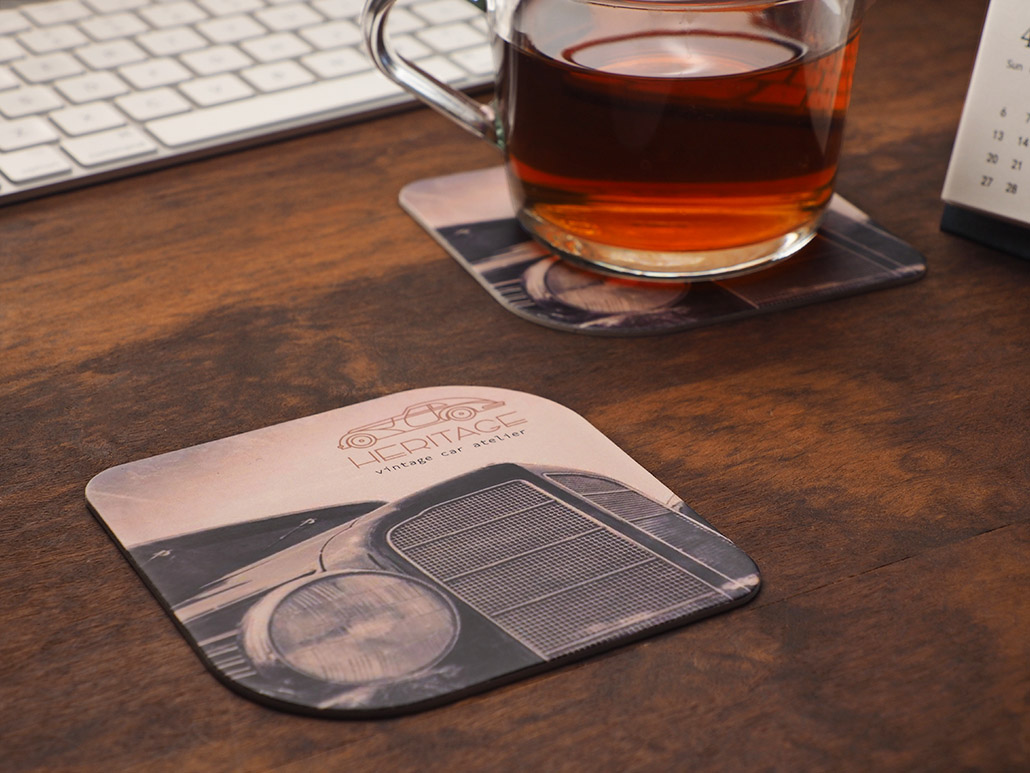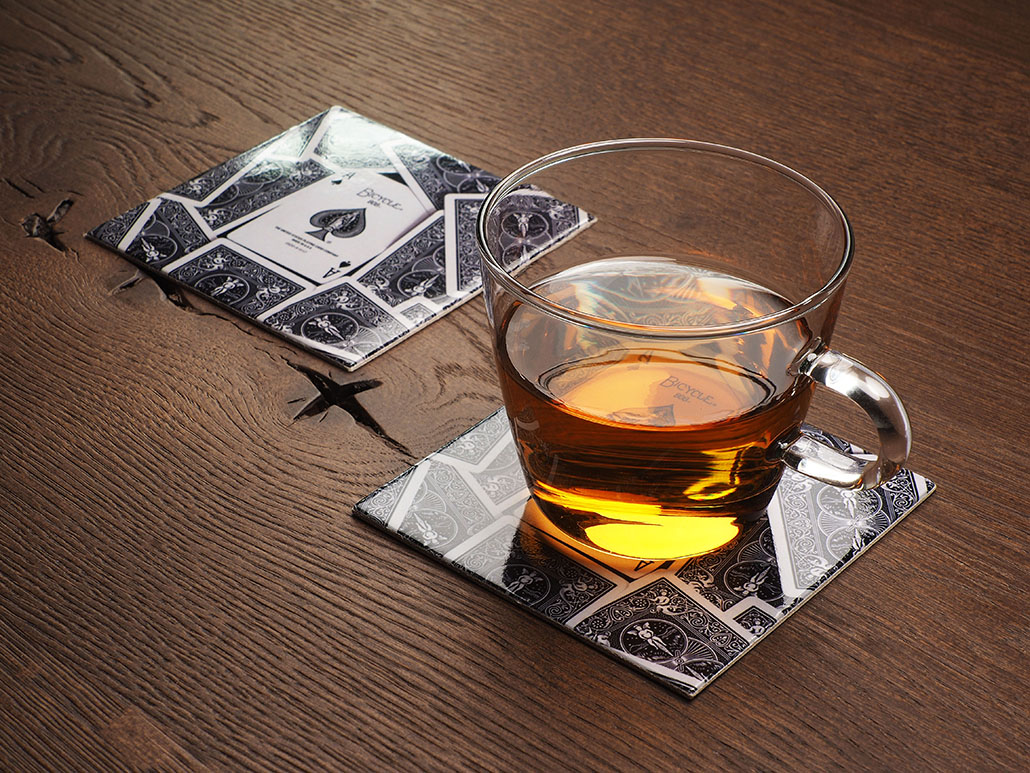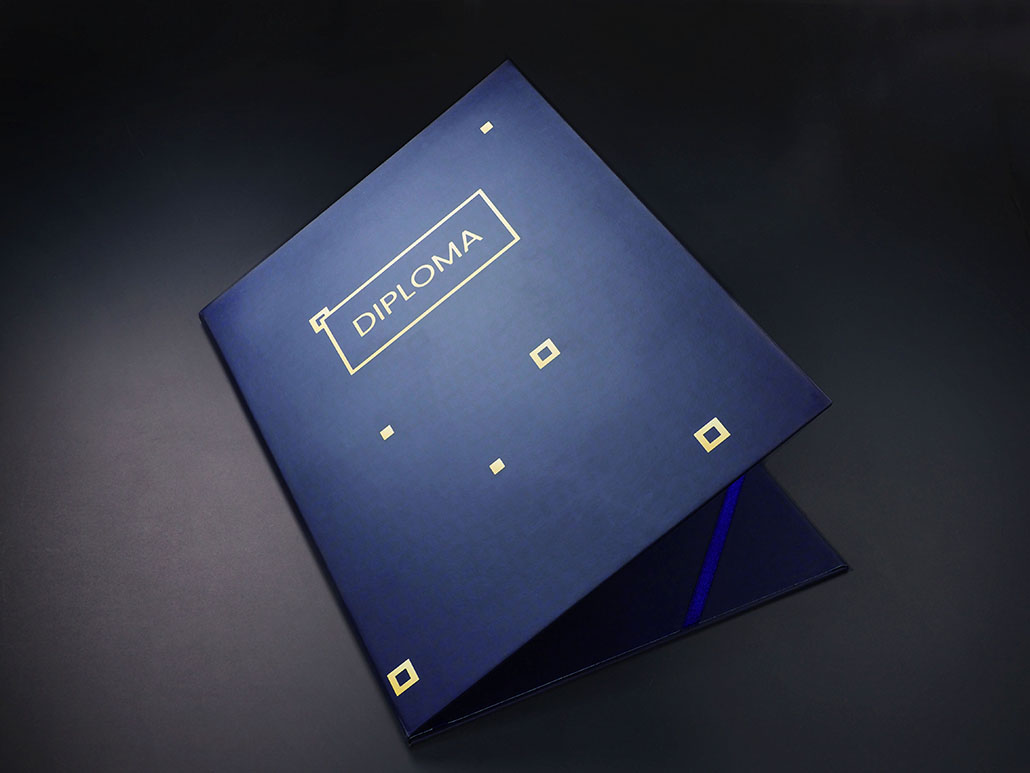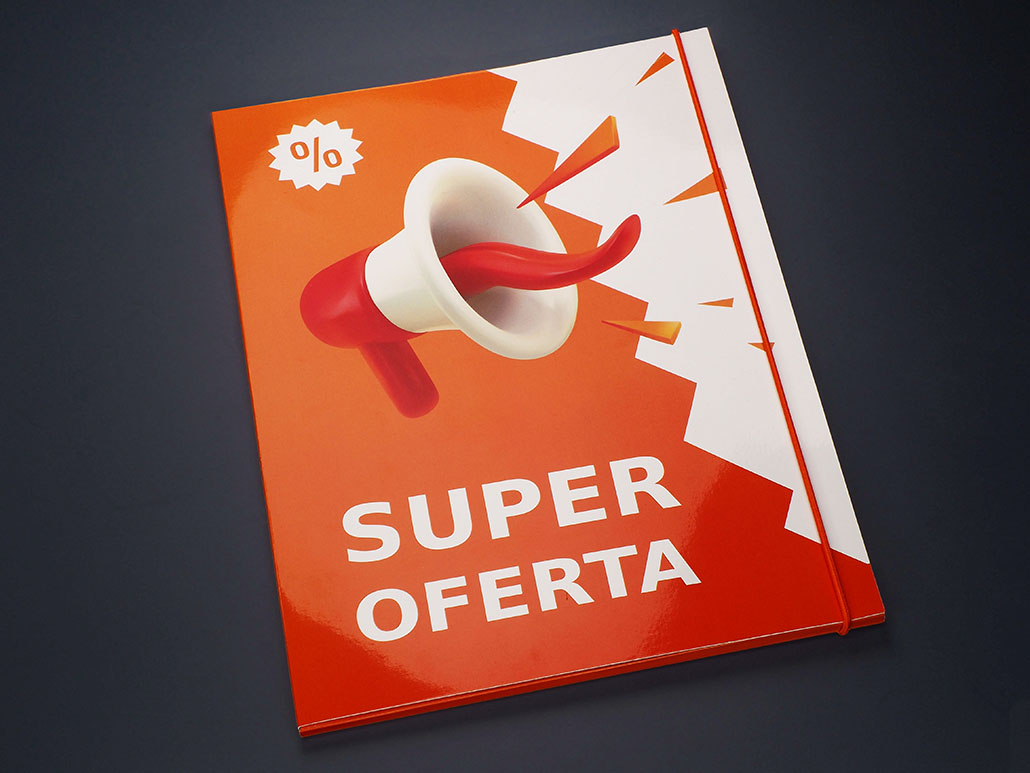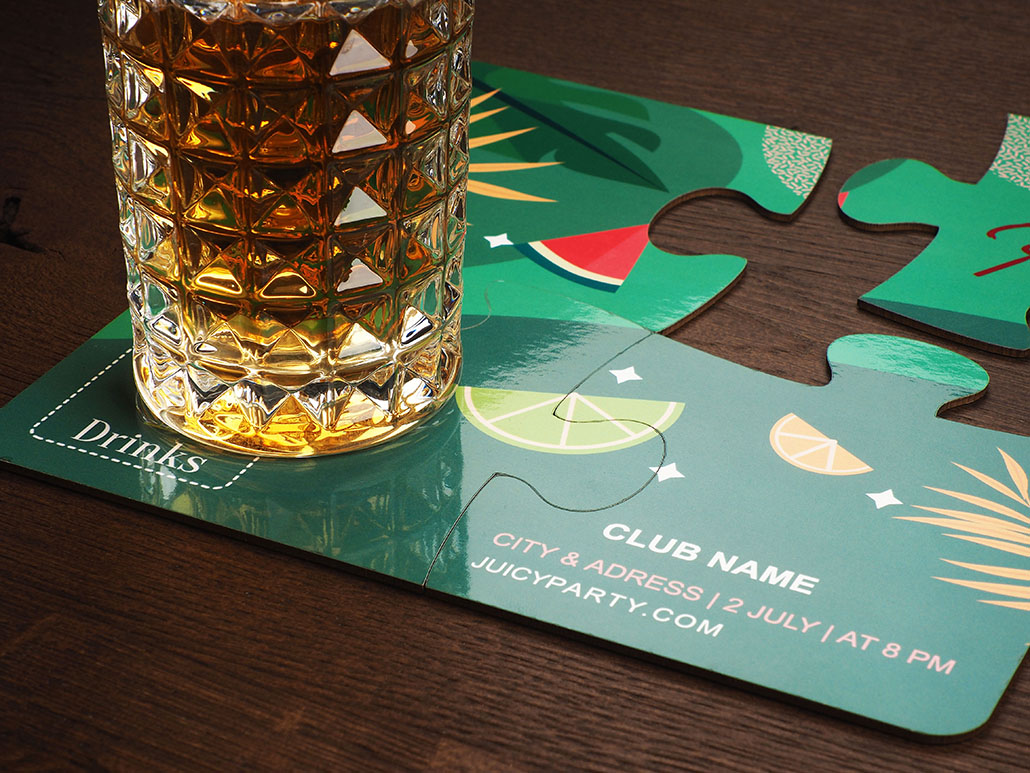Tuotteet: Löydetty {{ searchResultsCount }} - Näytä kaikki
Tarkista, syötitkö oikein sen mitä etsit.
Kategoriat: Löydetty {{ categorySearchResults.length }}
Rannekkeet, joilla on historiaa
Pahvisten lauttojen historia juontaa juurensa 1800-luvulle, jolloin ensimmäiset pahviset lautat ilmestyivät Saksassa. Niitä käytettiin tietenkin olutmukien tyynyinä ja myös panimoiden mainosvälineenä.
Olutalusta?
Totta kai - jos sitä haluat. Loppujen lopuksi painomahdollisuudet ovat loputtomat!
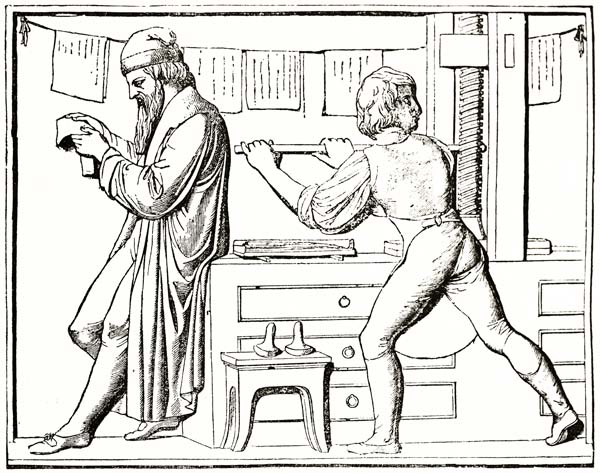
Kaikkien kirjapainajien isoisoisä oli Johannes Gutenberg.
Hän rakensi 1400-luvulla uraauurtavan kirjapainokoneen, joka loi perustan kaikille myöhemmille painamisen alan innovaatioille. Olemme herra Gutenbergille kiitollisuudenvelassa ja iloisia voidessamme käyttää hänen keksintöään nykyaikaisessa muodossa. Yrityksellämme on ammattimainen digitaalinen tulostin ja käytämme sitä epäröimättä omiin ja asiakkaidemme tarpeisiin. Tuotamme muun muassa värikkäitä, persoonallisia pakkauksia, flyereita, julisteita jne. Valmistamme myös edellä mainittuja pahvisia aluslautasia tai hotellin DND-ovikylttejä.
Onko sinulla oma idea? Kerro meille!
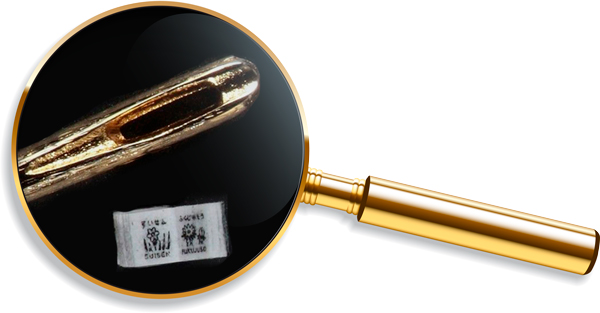
Maailman pienin kirja luotiin Japanissa.
Sen koko on 0,75 millimetriä (se mahtuu neulansilmän läpi), ja sen kirjainten leveys on alle 0,01 millimetriä. Se sisältää myös kuvia, joissa on esitetty japanilaiset kukat, joista siinä on kyse. Tokion kirjamuseosta voi ostaa kappaleen (ei halvalla) sekä suurennuslasin ja suuremman version kirjasta.
Maailman suurin kirja on nähtävillä Dubaissa. Se on 5 metriä pitkä, 8,8 metriä korkea ja painaa 1 500 kiloa. Se kertoo profeetta Muhammedin elämästä ja islamin vaikutuksesta maailman kulttuuriin.
Maailman paksuin kirja puolestaan on julkaistu Saksassa, ja sen nimi on "Das dickste Buch des Universums", joka tarkoittaa kirjaimellisesti "Maailmankaikkeuden paksuin kirja". Kirja on yli neljä metriä korkea, siinä on 50 506 sivua ja se painaa 220 kiloa. Sen kirjoittajat ovat... lapset. Kirja sisältää tekstejä ja piirroksia liikenneturvallisuudesta, ja sen on kirjoittanut 40 000 lasta.



